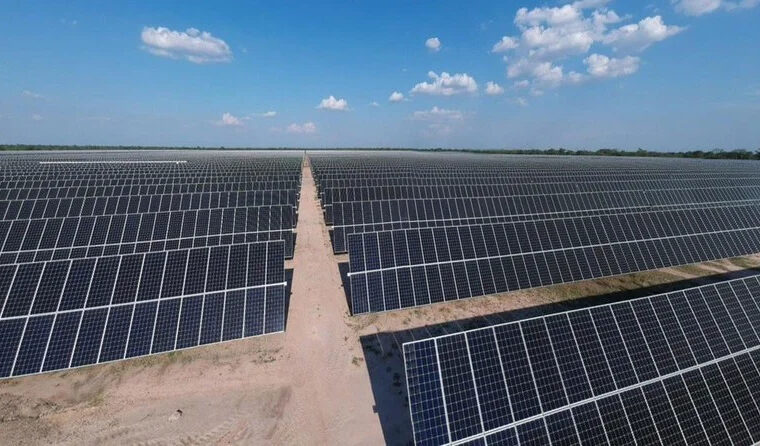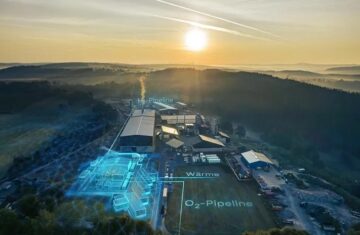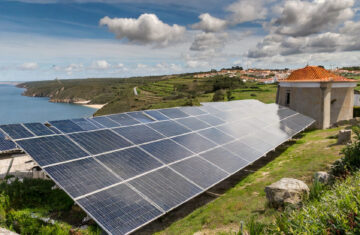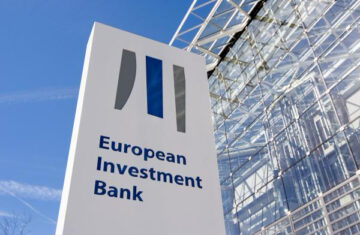Glencore’s South African ferroalloys division, in collaboration with its joint venture partner Merafe Resources, has announced plans to build a R2.1 billion utility-scale renewable energy plant with Pele Green Energy. This project marks a significant step in South Africa’s transition to renewable energy.
Project Overview
The new 100-megawatt solar plant will be located at the Glencore-Merafe Chrome Venture’s operations in South Africa’s Free State province. Pele Green Energy’s Managing Director, Gqi Raoleka, stated that Nedbank Group and Absa Group will provide the necessary debt financing, while Pele will contribute equity to the project.
Environmental Impact
Raoleka emphasized the importance of the Sonvanger solar plant in reducing carbon emissions and increasing the share of renewable energy in the national energy mix. He noted, “By reducing carbon emissions and increasing the share of renewable energy in the country’s energy mix, the Sonvanger solar plant adds to South Africa’s goal of a low-carbon future.”
Policy and Development Context

Recent policy reforms in South Africa now permit the construction of utility-scale electricity plants, resulting in a surge of private renewable energy developments in the country. According to an industry forecast by GreenCape, South Africa is expected to achieve 32 gigawatts of installed renewable capacity within the next five years.
Future Plans
This project marks Pele’s first venture for a private client and is part of a broader strategy to develop 5,000 megawatts of renewable energy capacity. Glencore’s Ferroalloys Chief Executive Officer Japie Fullard noted that the development aligns with Glencore’s climate strategy and commitment to responsible sourcing of commodities.
Conclusion
The partnership between Glencore, Merafe Resources, and Pele Green Energy signifies a crucial advancement in South Africa’s renewable energy landscape. As the country continues to expand its renewable energy capacity, projects like the Sonvanger solar plant will play a vital role in supporting a sustainable, low-carbon future.



